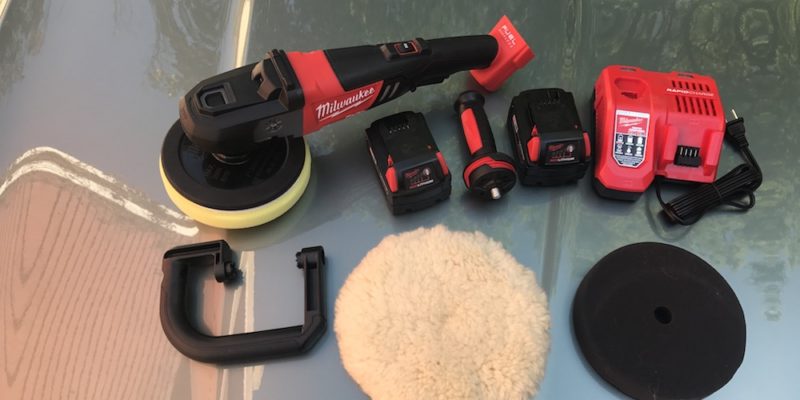Car polishing can be done in two ways, namely, by hand and by machine. You may be able to ask for either of these two types at reliable carwash chains like Car Spa. You should be well-informed about the pros and cons of each one so that you can make the right decision – and here’s a few things you might want to know.
Polishing by Hand
Obviously, hand polishing is the process where a car’s paintwork will be polished using elbow grease (i.e., movements from your hands and arms). Many manufacturers of car-related products offer a wide range of do-it-yourself polishing products, thus, it’s a fairly common practice.
The process is relatively simple and straightforward, especially if you follow the instructions on the DIY polishing kit and watch instructional videos (i.e., YouTube is a great source). Basically, you apply the polish on the car’s exterior surface particularly its paintwork using a micro-fiber or soft foam applicator.
You will then spread the polish over the surface using both linear and circular motions. You have to apply elbow grease for best results so be patient. You can then buff off the surface and repeat the process, if necessary.
But hand polishing has its limitations. You can only use it if your car’s paintwork is in relatively good condition, as well as to maintain the results of a professional machine polishing work done on it.
Polishing by Machine
Polishing by machine is a more results-effective and cost-efficient process for many reasons. Since a machine is used in thoroughly working the polish into the paintwork, better results can be achieved in less time. There’s also no need to use elbow grease except to operate the machine, a boon for busy people.
There are two types of polishing machines used, namely:
- The rotary polisher has a head that rotates at a steady speed to remove both imperfections and clear coat/paint from the car’s surface. This is typically used by professionals because while it can be highly effective, it can cause serious damage when handled improperly.
- The dual action polisher is slightly smaller and lighter than a rotary polisher so it’s easier to handle. Its head oscillates instead of rotates, a movement that prevents heat buildup between the paintwork and polishing pad; otherwise, the heat can cause serious damage, too. This is more suitable for car detailing enthusiasts and amateurs although it’s also common in professional detailing work.
Between machine and hand polishing, we suggest choosing the former because of its excellent results provided that it has been done by trained professionals. You may pay more for the professional service but you will get the best bang for your buck.
